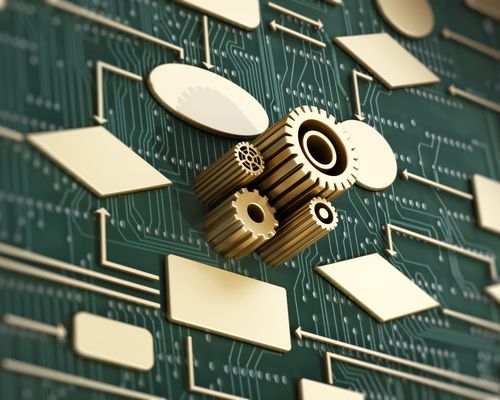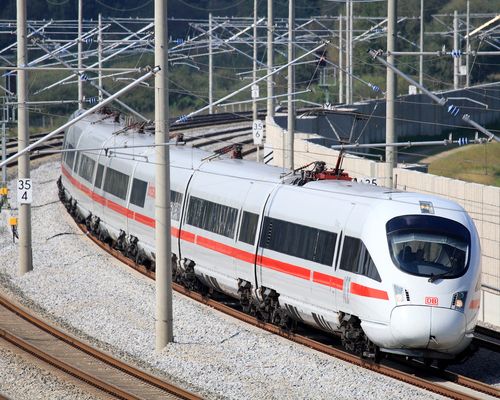
ITEA Challenge
Smart Mobility

Introduction
The more physically connected the world becomes, with 64 million km of roads, 4 million km of railways, 2 million km of pipelines, 1 million km of internet cables, and growing, the smaller it becomes and the more vital the need for smart mobility solutions. Take the mobility market. Its growth is outstripping that of the automotive industry. With the car seemingly losing its status symbol aura, consumers increasingly want to get from A to B efficiently, effectively, affordably and as 'green' as possible. This is both a challenge and a great opportunity for car manufacturers, OEMs and software companies to join in finding solutions. Rising traffic volumes require a sustainable approach to ensure that our transportation infrastructure is efficient, safe, environmentally friendly and reliable. This also goes for the vehicles, the communication, the services and traffic management.
Some facts and figures
- Mobility is fundamental to our age. In 2010, an inconceivable amount of 6.4 trillion euros was spent on transporting humans and goods. Almost 1,000 euros per person on the planet. Mobility GDP has quadrupled in 40 years by outpacing global GDP growth and it now accounts for 13% of global GDP. The automotive industry has grown 1.5 % slower in the last 10 years compared to mobility. [18]
- The distances passengers travel will double to over 70 trillion km per year by 2050 while commuting delay will also double by 2050 to over 100 hours per capita per year. [19]
- The car-sharing segment is expanding at annual rates of as much as 30%. 50% of car owners in industrialised countries would, in principle, share their vehicle with others. [20]
- The Paris-based, long-distance ride sharing company BlaBlaCar currently has more than 30 million members in 22 countries and over 21 million downloaded apps. It claims an estimated 1 million tonnes less CO2 emission with average car occupancy of 2.8 per car. [21]
- It has been thought that car-sharing would prompt a reduction in distance driven, but it has been found that 48% of car sharers are people who do not own cars and drive more than 1300 km annually. [18]
Imagine …
Imagine reclining in the driving seat of your car, reading the news on your multimedia screen, safe in
the knowledge that you will get to your destination safely, comfortably and on time. Or a platoon of
self-driving trucks on a dedicated lane, nose-to-tail, pre-programmed to deliver to specified
destinations at specific times. Or synchronised delivery of parcels whenever and wherever it suits the
recipient. All coordinated, harmonised in perfect flows. And specially designed forms and modes of
transport – mobility for manufacturing – that delivers parts in precisely the right quantity, quality
and schedule. Imagine a stress-free, zero-emission, 100% reliable, intelligent world of
mobility.
Imagine what is possible when we dare to dream, when we reach for the stars in a galaxy full of
opportunities …
References
[18] Mobility
of the future – opportunities for automotive OEMs. Mckinsey & Company, February 2012.
[19] Urban
mobility blueprint – business strategies in an emerging ecosystem. Global Automotive Center – EY, 2013.
[20] Shared mobility - How
new businesses are rewriting the rules of the private transportation game. Roland Berger Strategy
Consultants, July 2014.
[21] Blablacar - website

Projects related to the challenge Smart Mobility




SYNTHESES
Synthetic Dataset Generation To Enhance Autonomous Systems using Smart ITS Data








Smart-Charge
Sustainable management and AI-Driven Resilient Technology for Charging Infrastructure


SMART
Spatial Modelling Analytics & Real-time Tracking


Safe Rescue
Software-instrumentation platform to improve situational awareness for emergency responders




















